Want to boost your team’s success? Unite under a shared goal and leverage each member’s skills for effective problem-solving and clear role definition.
⏱️ How much time will I invest?
- Over multiple days: three short sessions, about 1 hour each.
- Half-day experience: three one-hour sessions with breaks inbetween.
💬 What example scenario will be used in the tactics below?
Pip’s doctors’ office aims to improve employee retention and bolster team success. By clearly defining roles, unifying the team with a shared vision, and enhancing teamwork, they plan to foster a more stable and committed workforce for the future.
1
Use Sailboat to understand your goals
Use Sailboat to understand your goals
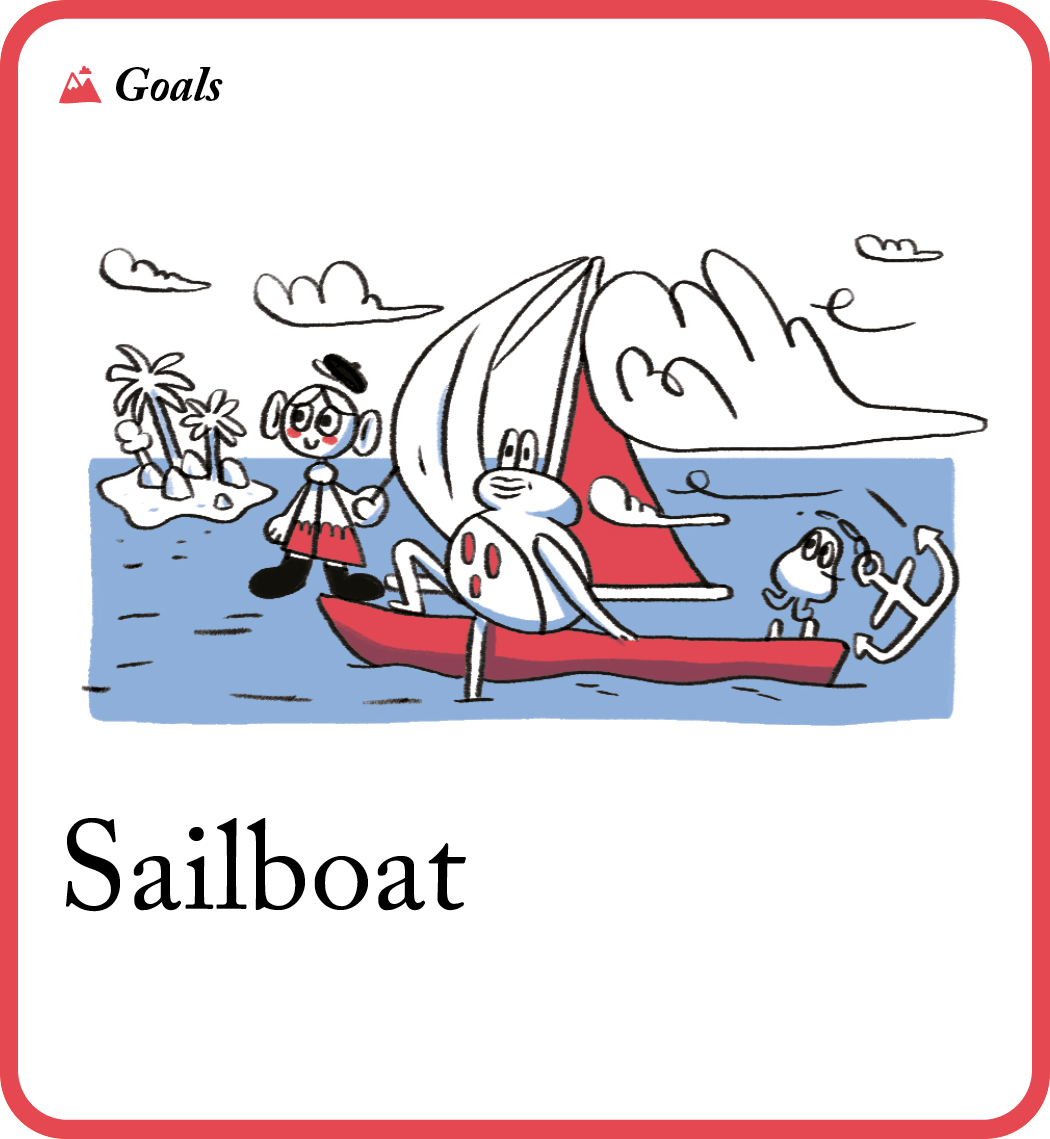

🧠 What’s the goal? Find out what is driving your team, and what may stop you from achieving your vision.
👀 Why is this important? This tactic brings together teams and stakeholders to gain a shared understanding of their goals, drivers and barriers. You can find out what is slowing you down, or if the purpose or goals are not quite right.
💡 Tip: make sure to remind your participants what a S.M.A.R.T goal is (Specific, Measurable, Achievable, Relevant, and Time-Bound) and give them an example.
Instructions
- Draw a boat to represent the team/project and an anchor to represent the barriers. Draw an island to represent the goals.(3 minute)
- Ask each participant to write down the team/project goals on sticky notes. Make sure the goals are S.M.A.R.T goals. (7 minutes)
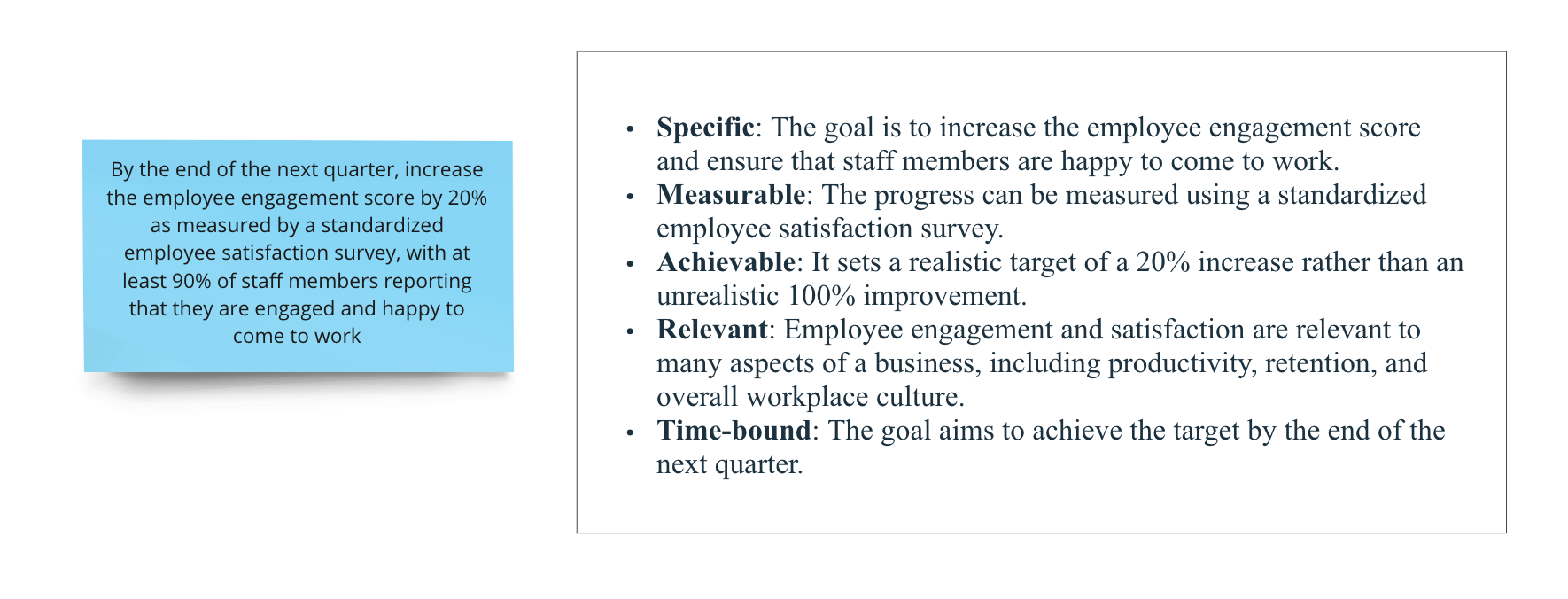
- Share and Theme Sort the goals near the island. (10 minutes)
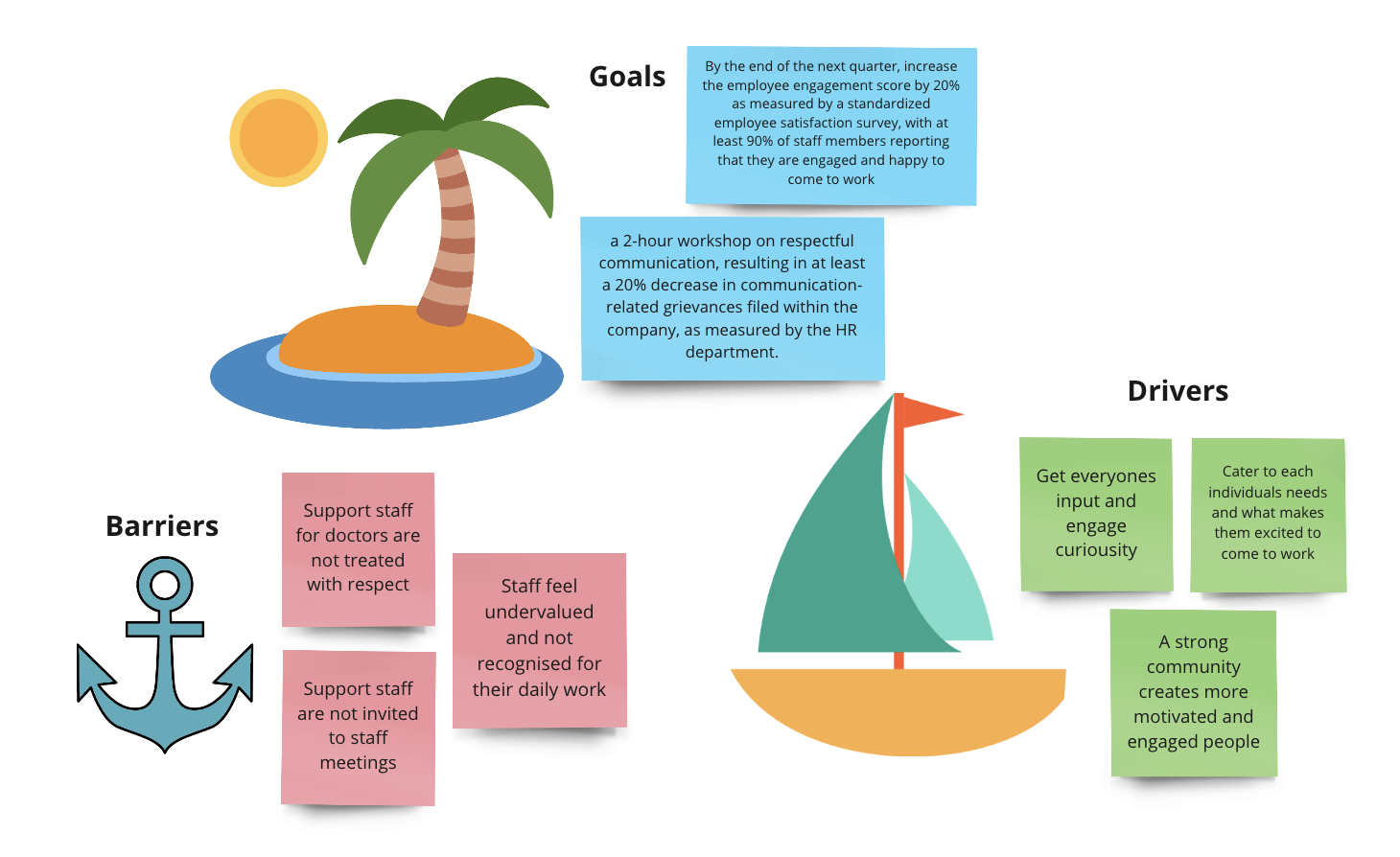
- Ask the group to write down the drivers towards the goal on sticky notes. Driver is the the why behind the goal. (5 minutes)
- Share and Theme Sort them near the sailboat. (10 minutes)
- Write down the barriers (problems) to achieving the goals on sticky notes. (5 minutes)
- Share and Theme Sort them near the the anchor. (10 minutes)
- Private Vote on the goals to find out what the groups believes are the most important goals. (5 minutes)
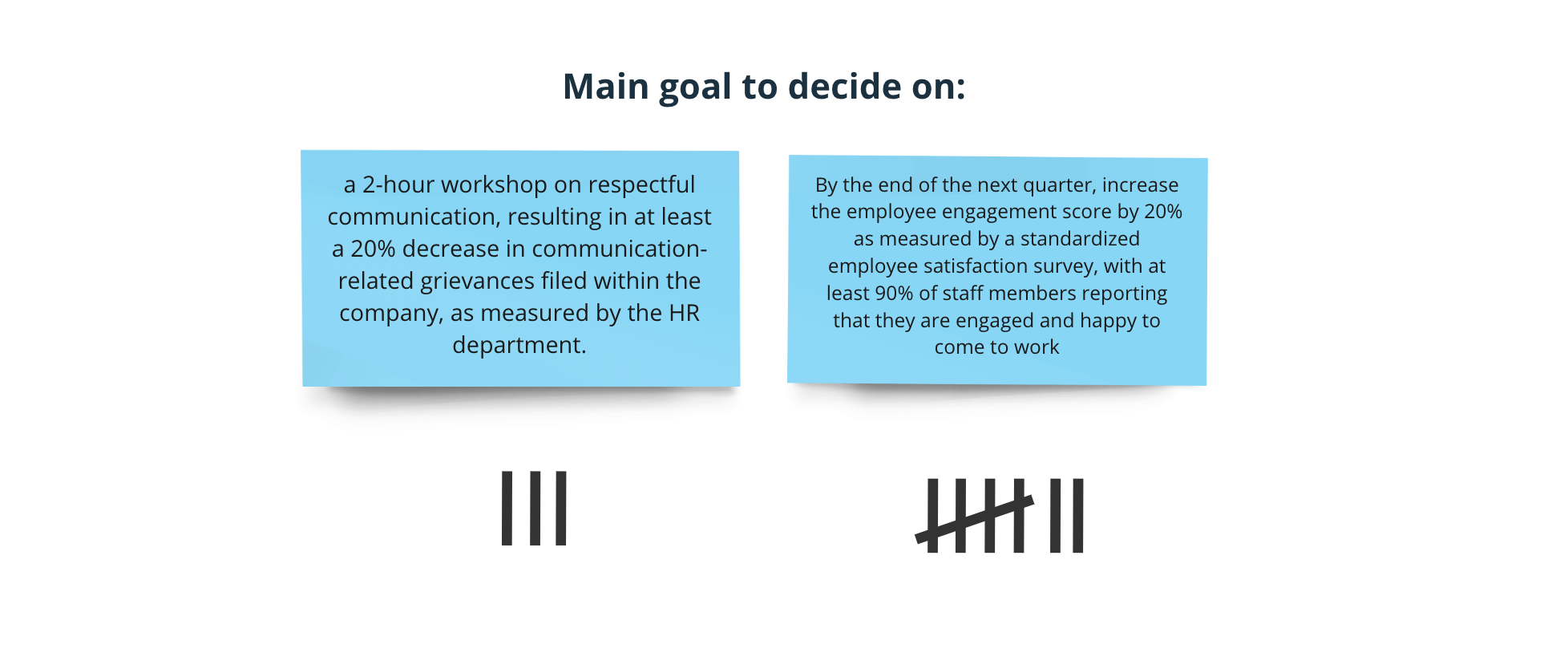
- Finally, Private Vote the barriers to understand what the most important problem to solve is. (5 minutes)
⬇️ In the next tactic, keep your vision and goals close at hand to inform the establishing of your team’s Roles & Responsibilities.
2
Use Roles and Responsibilities to define roles
Use Roles and Responsibilities to define roles
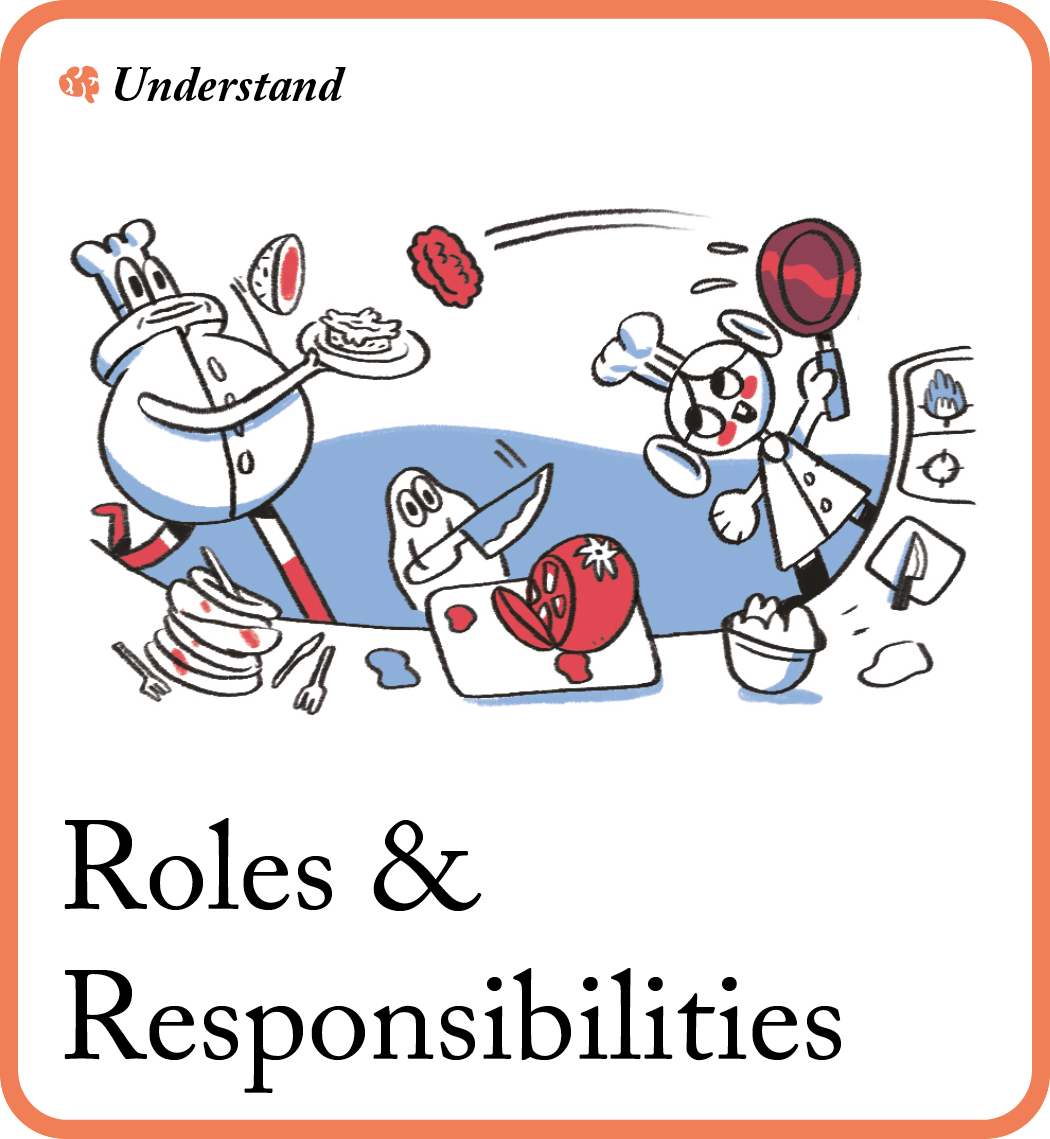

🧠 What’s the goal? Establish the roles in the team, and what each member does, discusses and decides.
👀 Why is this important? This tactic helps you to better understand each other’s role, and learn who is responsible for what. Defining clear responsibilities prevents confusion around hierarchy and expertise. It reduces duplicate work and promotes better collaboration.
💡 Tip: this workshop can be done in smaller team circles or in one large group circle. And remember, if you come to a road block of two different roles thinking they do the same thing, the manager will need to step in a clarify in this moment.
Instructions
- Create a column for each job within the team on a large surface. (2 minutes)
- Create three rows labeled Do, Discuss, and Decide. (3 minutes)

- Ask each person to complete the three rows for the discipline of the person sitting to their left on sticky notes – to build empathy. If you are virtual create an alphabetical list and assign the person to the left on the list. (10 minutes)
Do: what are the core responsibilities of their job?
Discuss: how does their job interact with the wider team?
- Have each person stick up their notes and share and discuss them with the group. (10 minutes)
- For each person’s own job they can add a check mark besides the sticky note if agree, or add an extra sticky notes if something is missing from the definition. (20 minutes)
- As a group, Private Vote each job to make sure the group is satisfied with the definitions. (10 minutes)
⬇️ In the next tactic, time to take a pause for some fun and learn about your team’s unknown skills with Skills Market.
3
Use Skills Market to learn about your team members skills
Use Skills Market to learn about your team members skills
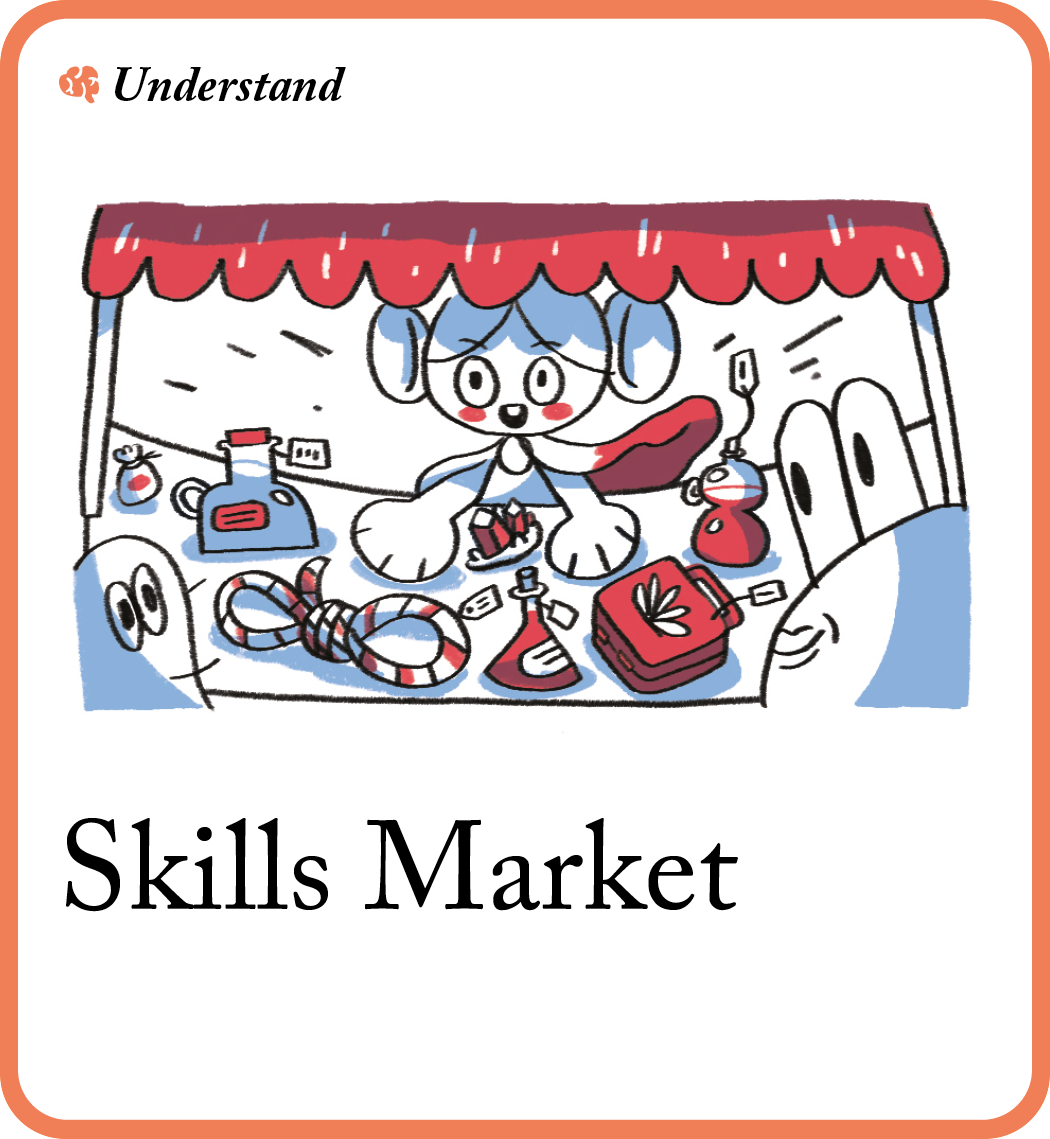

🧠 What’s the goal? Understand what skills each team member has so you can work better together.
👀 Why is this important? This tactic enables you to learn about each other’s skills, abilities and ambitions, so you can understand how to help each other grow. Gain a broader picture across teams of the skills and abilities you have access to, and also where people would like to improve. This encourages a culture of learning and improvement, as well as creating connections where collaboration can happen.
💡 Tip: this is a chance to celebrate your team’s unique hidden talents, and for people to “show-off” their skills and feel good about themselves. Don’t hold back with praise and “wow” moments when learning about your team.
Instructions
- Set the scene of a market where everyone is setting up a stall to buy and sell their skills. (2 minutes)
- Provide large pieces of paper for each participant to draw their own market stall with sections for their skills, and explain the sections they should include. If you are doing this online make sure to pre set up a shared board, like Miro. (2 minutes)
Current skills (that allow me to do my job)Hidden skills (you might not know I have)Desired skills (I want to develop or learn)
- Encourage creativity in drawing the market stalls and remind participants that design is not being judged. (1 minute)
- Give time for participants to complete each section of their stall. Ask them to include 3-5 points for each section. (15 minutes)
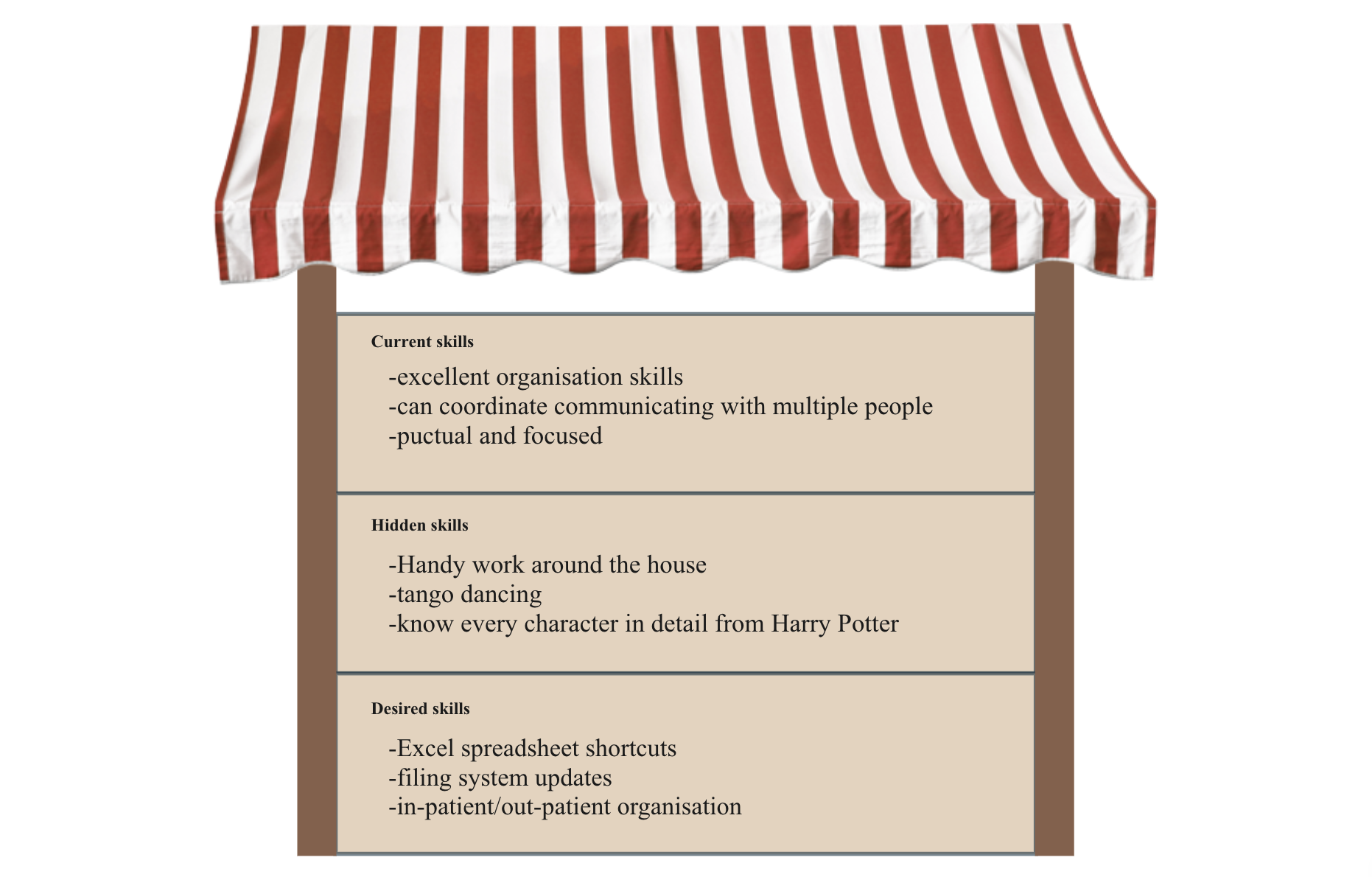
- Have participants stick up their skills market on a wall. (2 minutes)
- As a group, move around the room together and allow each person to present their market. Point out something impressive about each market.
- Encourage others to leave their name next to skills they can help develop or want to ‘buy’ and develop themselves. Each person must write “buy” or “develop” beside their name when writing on another market. (25 minutes)
- Optional: Capture actions with Who, What, When. (10 minutes)
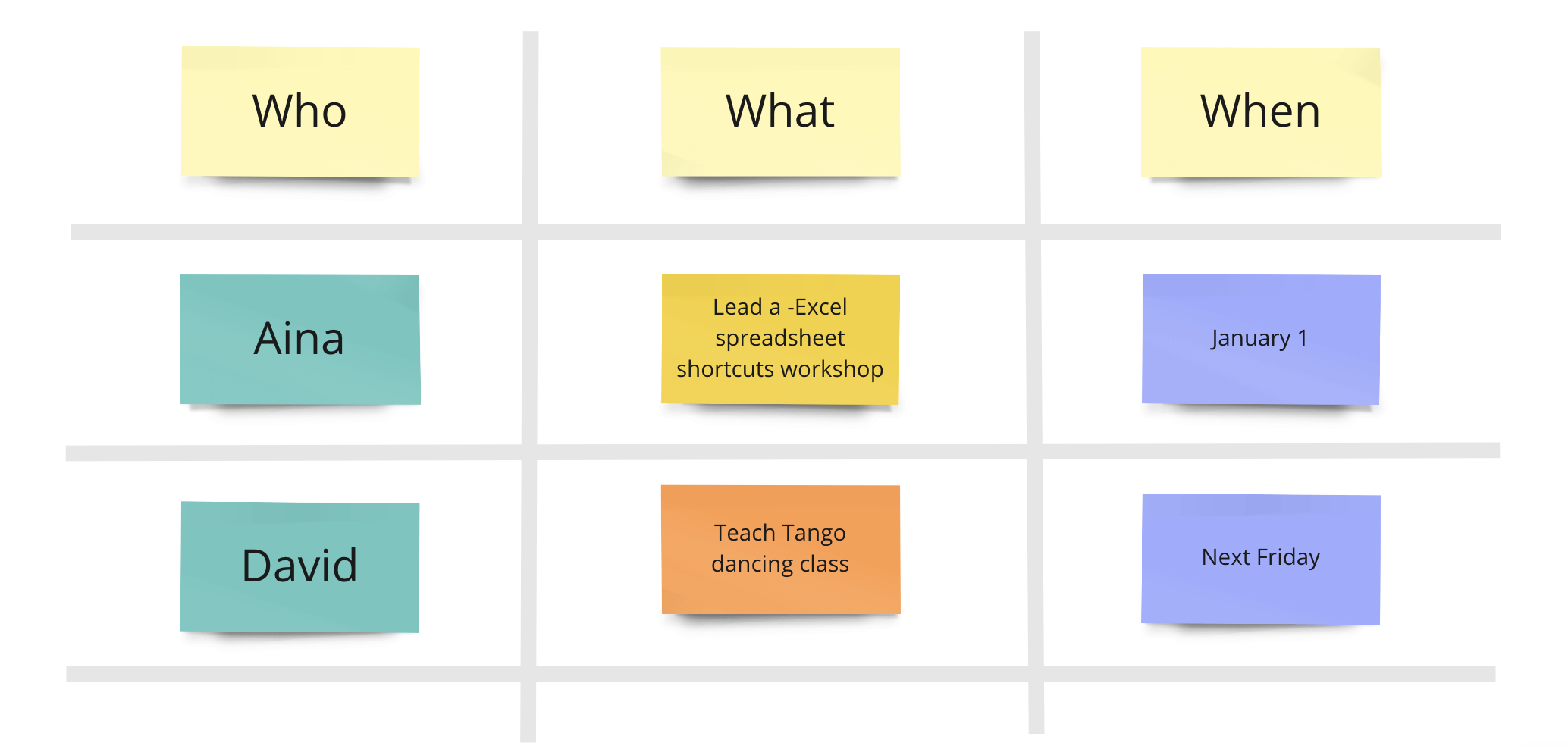
⬇️ Now that you are done all four tactics, use what has been learned as the team continues to work together.
📚 What do I need before I start?
In person
- Prepare (book room, invite people, write and share agenda)
- Materials (whiteboard, sticky notes, pens)
- Tech check (charger, adapter, screen projector)
- Room (refreshments, temperature, chairs, wall space)
Hybrid
- Prepare (book room, send call link, invite people, write and share agenda)
- Materials (whiteboard, sticky notes, pens, Miro board)
- Tech check (charger, adapter, screen projector)
- Room (refreshments, temperature, chairs, wall space)
Online
- Prepare (invite people, write and share agenda, create and send call invite)
- Materials (Miro board)
- Tech check (charger, adapter, Microphone/headphones)
✨ Extra reading
- Read about your role as a Facilitator
- Prepare an Icebreakers
- Invite the right Stakeholders
💭 What next?
Congratulations you have completed your How to strengthen your established team! Now everyone has a shared understanding of the current goal, created vision, defined responsibilities and now know the random skills you have within your team.
Now you’ve unearthed the ingredients of an effective team, it’s time for an Idea Storm to help you generate and evaluate possible ways to help you achieve even more.

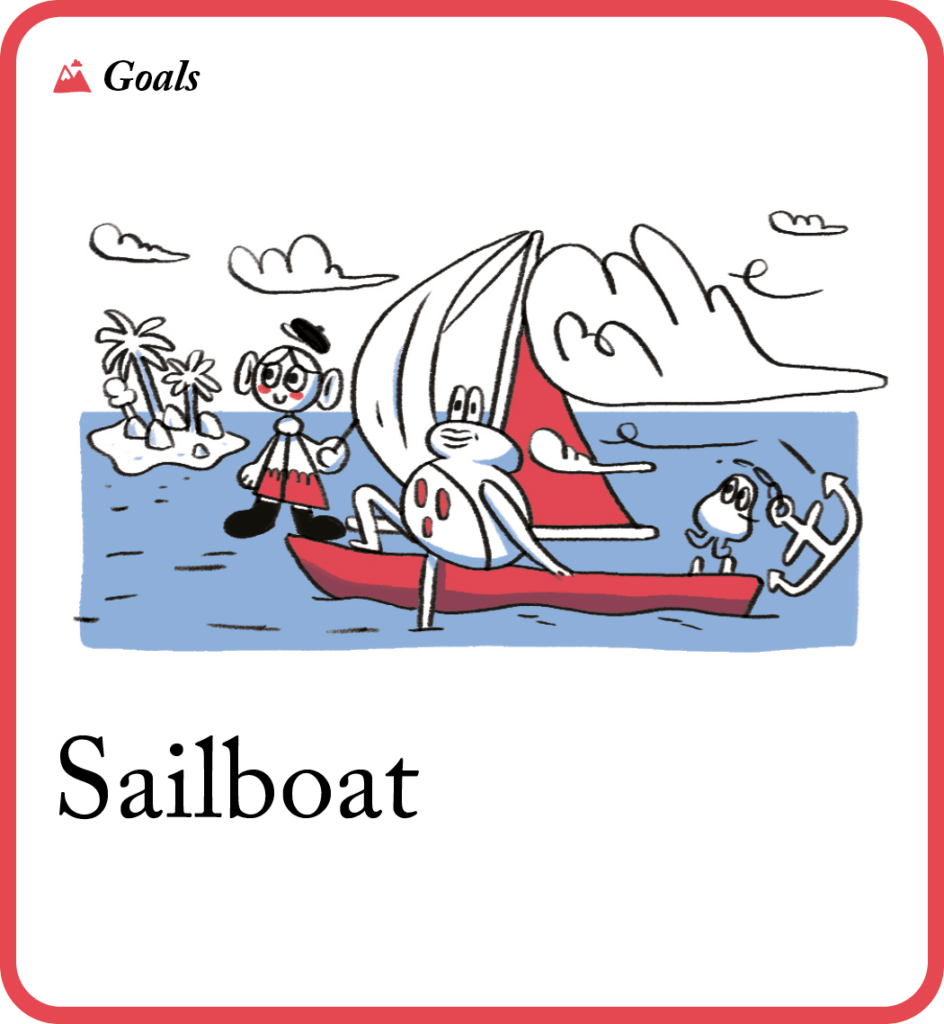
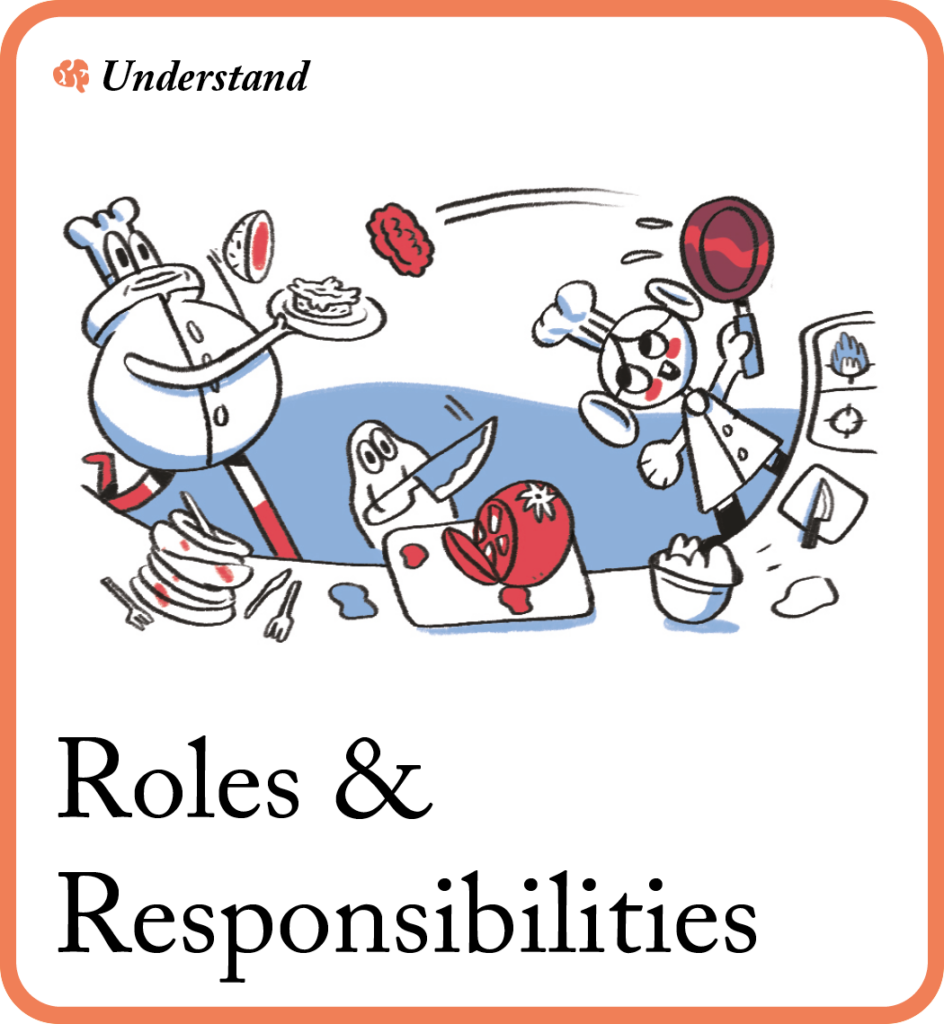
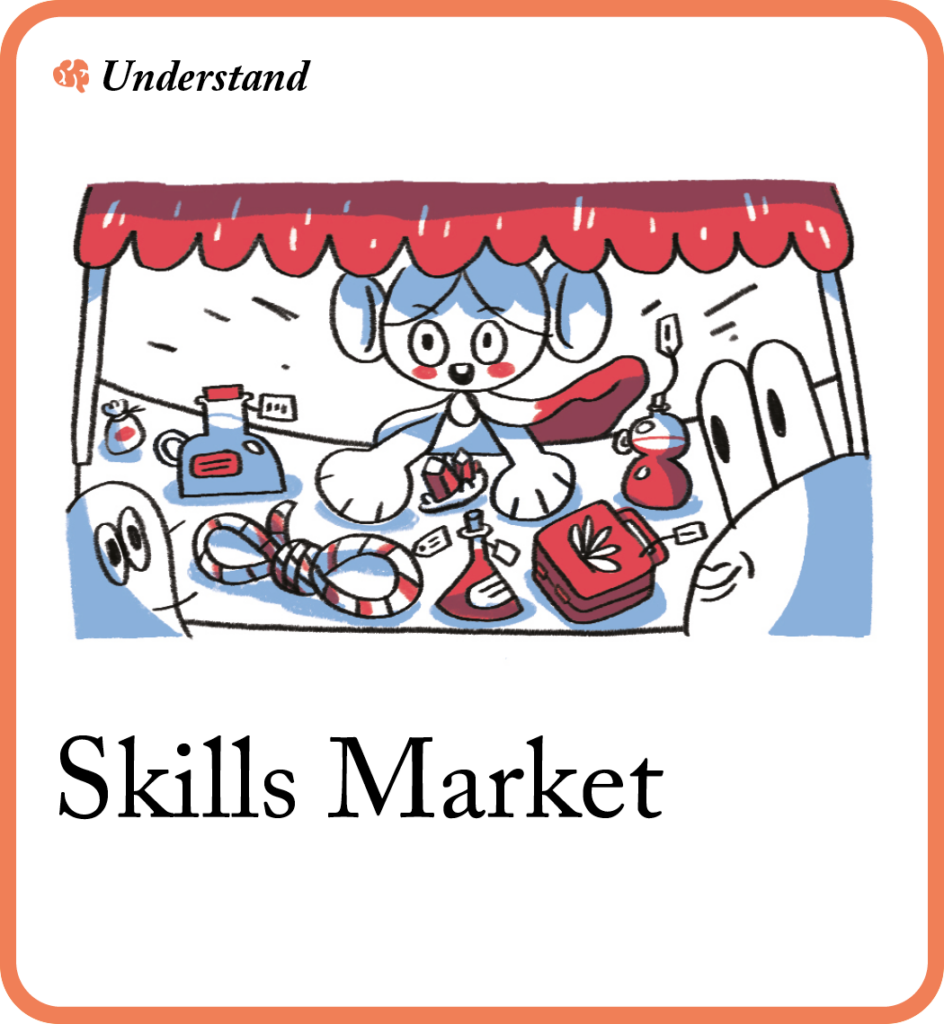
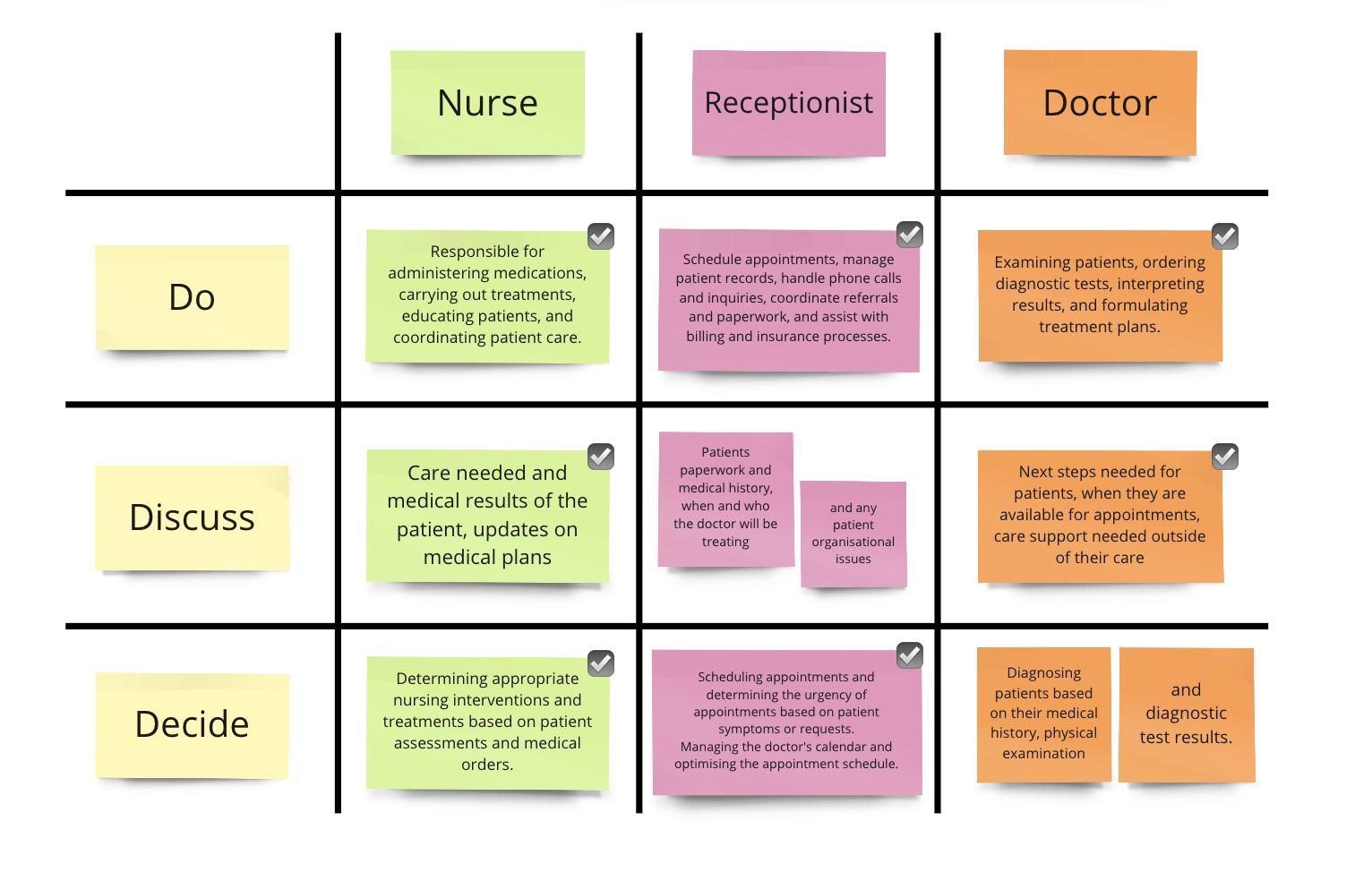
If you leave us your email, we'll let you know if we update this guide based on your feedback.